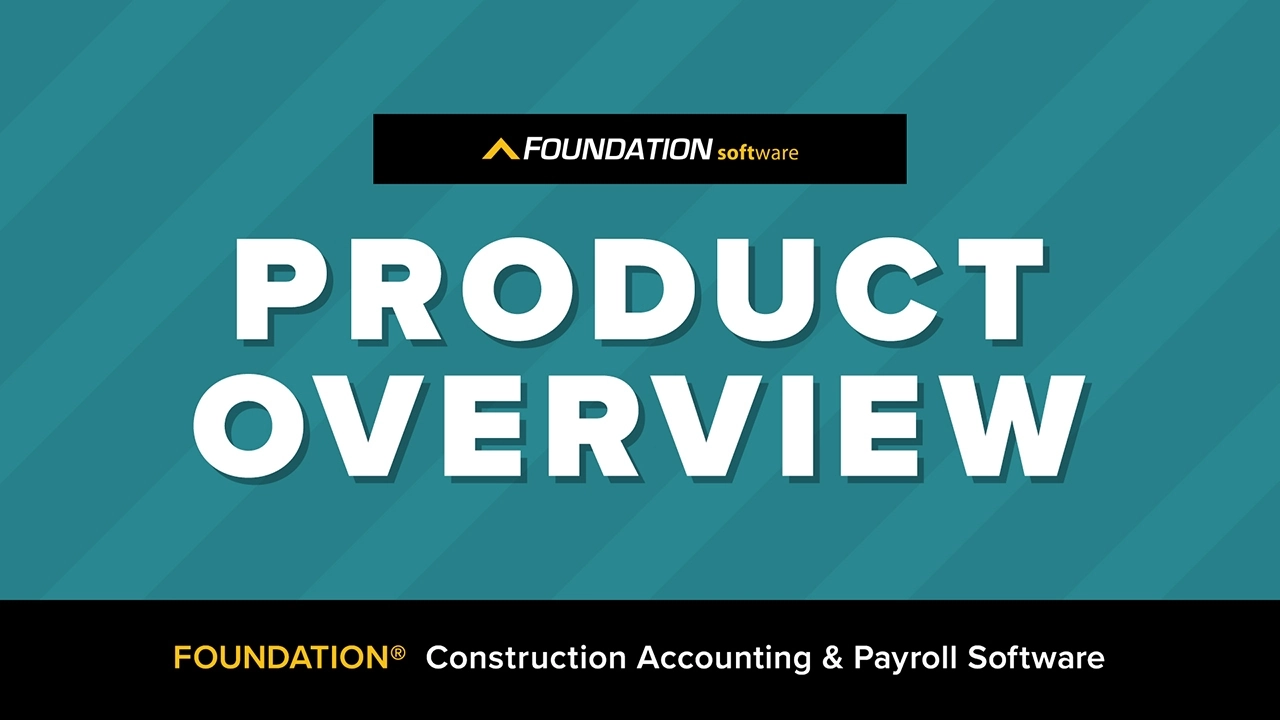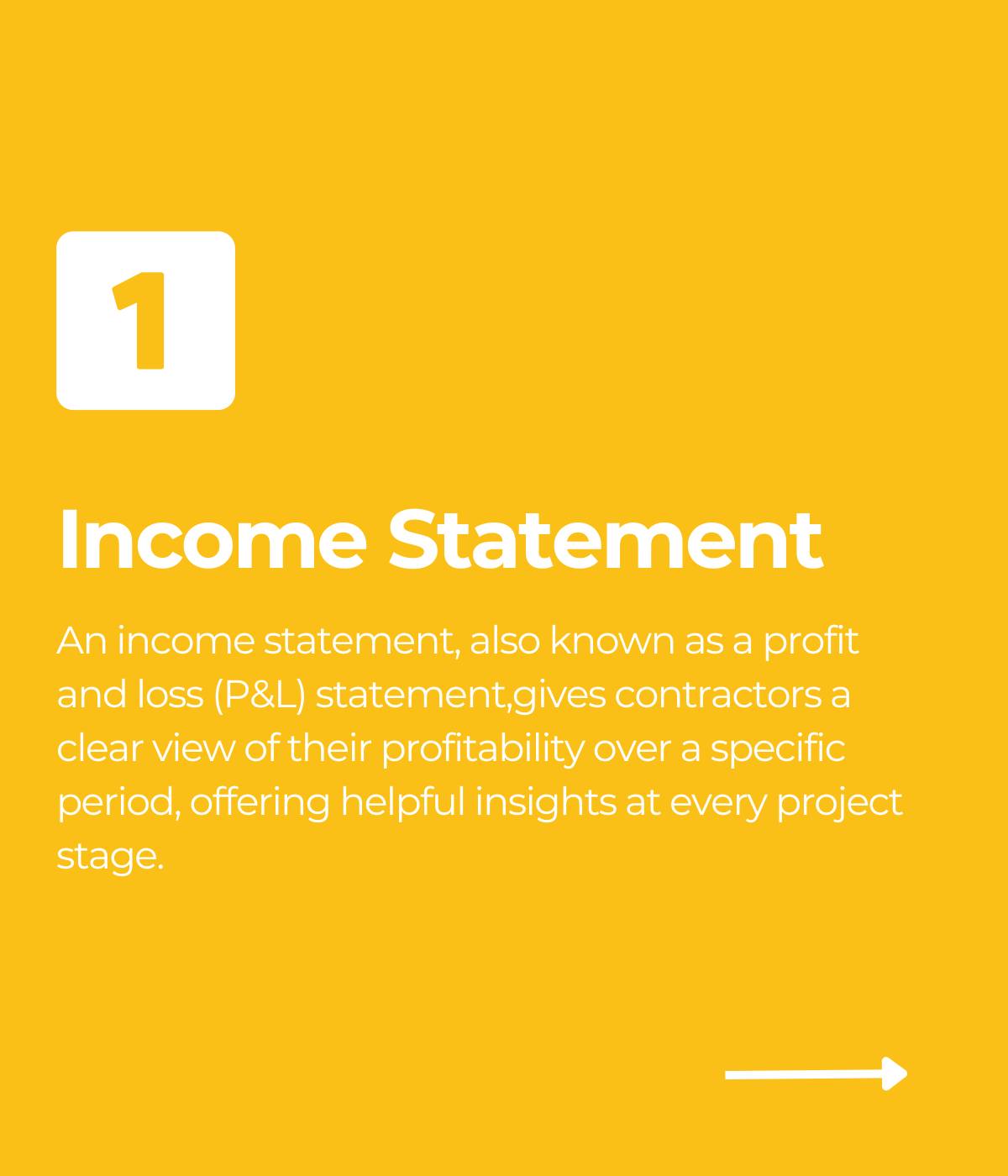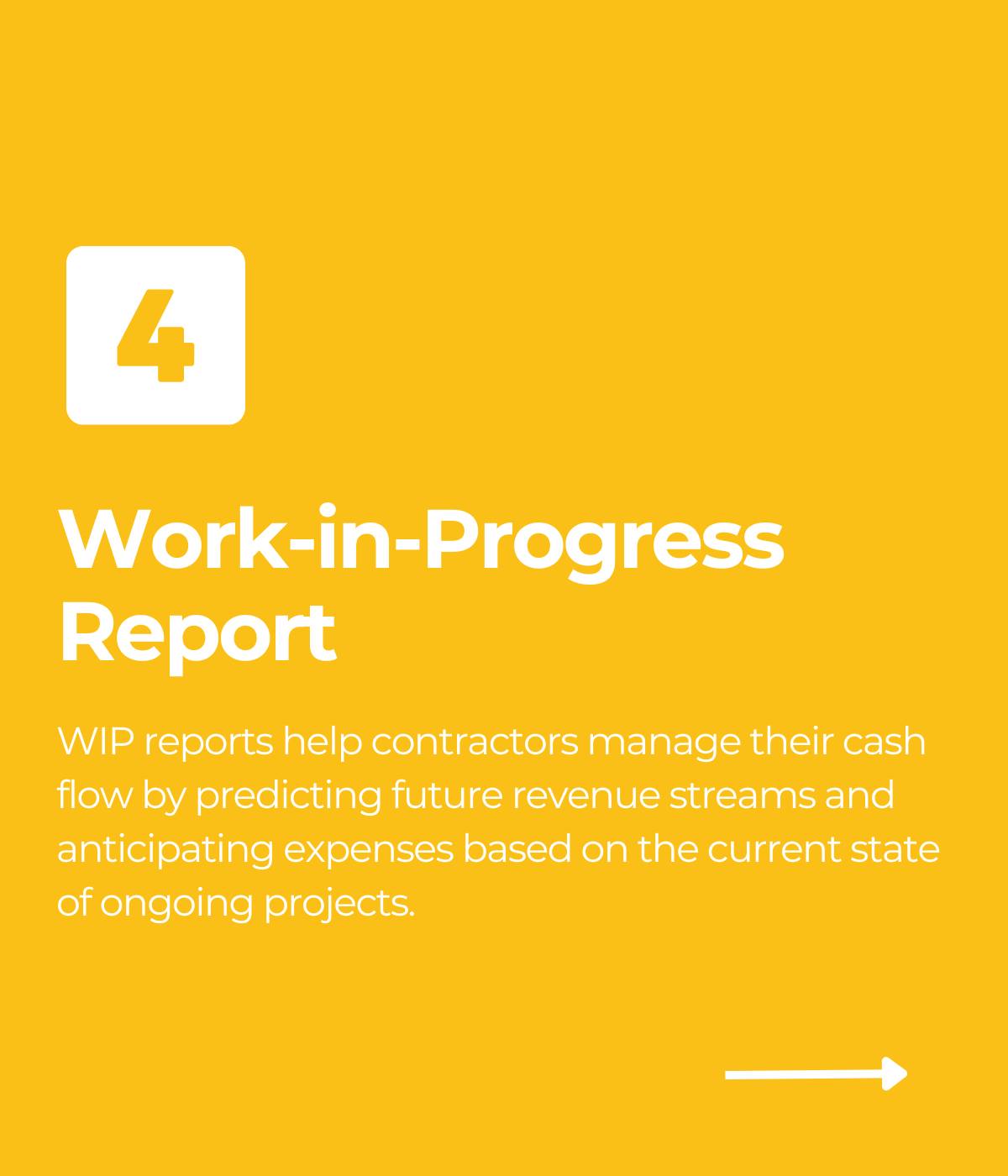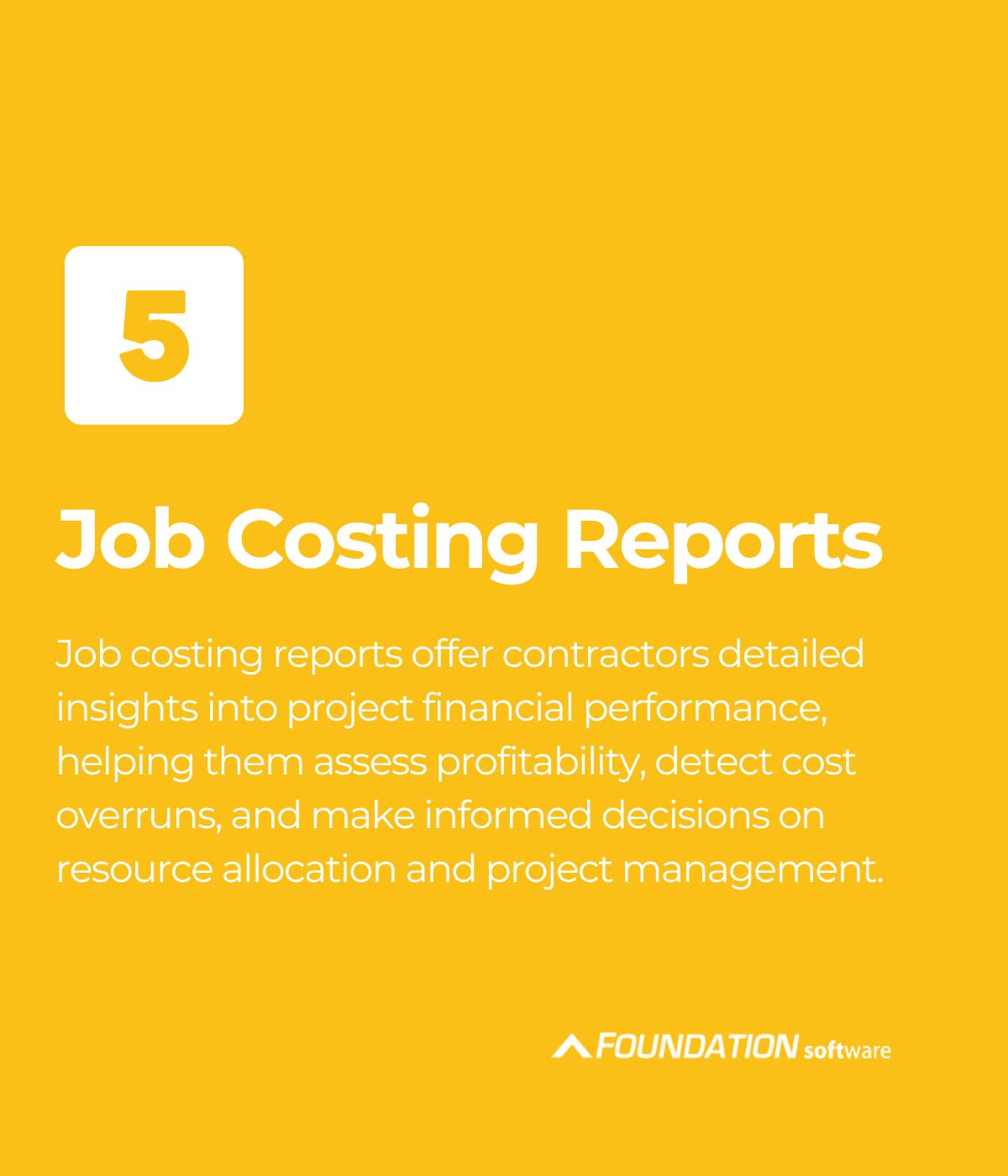
For contractors, the amount of metrics to gauge the effectiveness of your construction business can be overwhelming. Between balance sheets and profit-and-loss (P&L) statements, it’s not always clear what all of these numbers are supposed to mean for the health of your company. That’s where financial ratios come in.
Financial ratios are key equations you can use to sort through your numbers and get a clearer look at how well your construction business is performing.
Understanding how to calculate and read financial ratios can also help you predict future outcomes for your construction business — like whether you might get approved for a loan or whether you could be heading toward cash problems!
In this article, we'll explore some of the more common sets of key ratios and how you can use them to measure the performance of your business within the construction industry.
Liquidity Ratios
Liquidity ratios determine a company’s ability to pay off short-term debts using available assets. In the event that all short-term liabilities suddenly became due, liquidity ratios provide a glimpse as to whether your construction company would be able to cover those debts.
1. Current Ratio
The current ratio, sometimes called the working capital ratio, is the result of dividing all current assets by all current liabilities.
| CURRENT RATIO = | CURRENT ASSETS |
| CURRENT LIABILITIES |
Generally, a current ratio of greater than or equal to 1.0 is considered good. This means that there are enough current assets in the construction business to cover the cost of current liabilities.
Some construction experts might encourage a current ratio of 1.3 or greater. A ratio of less than 1.0 could indicate potential financial trouble.
So is bigger always better?
Not necessarily. Too high of a ratio could indicate inefficient use of working capital. In other words, an excess of short-term assets (like cash) might be sitting idle instead of gaining interest as long-term investments.
Let’s take a look at an example of a current ratio. John owns a small construction firm and finds the following figures from his balance sheet:
| Current assets | $200,000 |
| Current liabilities | $100,000 |
Based on these numbers, John has a current ratio of 2.0. This means that, right now, John has more current construction assets than his current liabilities and might be considered a lower risk to a lender.
2. Quick Ratio
Building from the current ratio is the quick ratio, also referred to as the acid-test ratio. While the current ratio takes into account all current assets, the quick ratio looks only at cash, cash equivalents, short-term investments, and accounts receivables — all divided by current liabilities.
It measures the ability to pay for current liabilities without having to convert assets to cash. A simple quick ratio for the construction industry can be expressed:
| QUICK RATIO = | CASH + ACCOUNTS RECEIVABLE |
| CURRENT LIABILITIES |
---------------
As the name suggests, the quick ratio focuses on specific assets easiest and quickest to sell to pay off current liabilities. Because of this, it excludes assets such as inventory, which takes time to liquidate, and underbillings, which take time to collect.
Many financial analysts look for a ratio between 1.1 and 1.5.
Let’s say another construction firm owner, Matt, has the following on his balance sheet:
| Cash | $80,000 |
| Accounts receivable | $20,000 |
| Current liabilities | $200,000 |
To find the quick ratio for his company, we'd add his most-liquid assets ($80,000 + $20,000) and divide them by his current liabilities to find his quick ratio of 0.5.
Since this is less than 1.0, Matt doesn’t have enough assets he can quickly convert to cash to cover his current liabilities. As a result, lenders might see him as a higher risk.
Leverage Ratios
Leverage ratios look at how a construction company finances its assets and operations — whether through debts or investments. Since businesses rely on a mixture to operate, leverage ratios allow business owners to see if their company is relying too much on debt.
3. Debt-to-Equity Ratio
The debt-to-equity ratio is a leverage ratio that measures how much growth a company has financed through debt. To find this ratio, divide your total liabilities by the equity on your balance sheet:
| DEBT-TO-EQUITY RATIO = | DEBT |
| EQUITY |
Typically, a debt-to-equity ratio of less than 2.0 is considered good. A higher ratio could mean that the company has used too much debt to stimulate growth.
As the owner of his roofing company, John finds the following from his balance sheet:
| Debt | $300,000 |
| Equity | $100,000 |
Based on his current standing, John has a debt-to-equity ratio of 3.0. This means that his creditors have three times as much invested in the company as he does. And if that doesn’t concern him, it might concern banks.
Efficiency Ratios
Efficiency ratios assess how well a company manages its assets and liabilities, focusing on how these assets generate revenue. For all of the values used in an efficiency ratio, it’s important to look at the same range of time.
4. Working Capital Turnover Ratio
Also a liquidity ratio, the working capital turnover ratio is found by dividing construction sales by your working capital. Because working capital is current assets minus current liabilities, this ratio reflects how much company value is freed up for construction projects.
| WORKING CAPITAL TURNOVER RATIO = | SALES |
| WORKING CAPITAL |
Having a higher ratio indicates how you’re using capital to produce sales. Too high of a ratio could signal that there isn’t enough available working capital to support sales growth.
A working capital turnover ratio exceeding 30.0 generally highlights needing more working capital for the future. Conversely, too low of a ratio could suggest ineffectively employed working capital.
Let’s assume Matt calculates the following from his financial statements:
| Net annual sales | $1,000,000 |
| Working capital | $200,000 |
Matt has a working capital ratio of 5.0, meaning every dollar of working capital is only supporting $5 worth of sales growth.
5. Equity Turnover Ratio
Another common efficiency ratio and capacity ratio is the equity turnover ratio. Like the working capital turnover ratio, the equity turnover ratio looks at how efficiently a construction business is using its value — in this case, equity — to drive construction revenue. It’s calculated by dividing sales by total equity.
| EQUITY TURNOVER RATIO = | SALES |
| EQUITY |
Let’s say Matt calculates the following sales and equity for last year:
| Net annual sales | $1,000,000 |
| Equity | $400,000 |
From this, Matt is able to calculate his equity turnover ratio as 2.5 — well below the acceptable ceiling around 15.0.
Using Financial Ratios
When using financial ratios, it’s important to remember that there's no one financial ratio to rule them all.
No single ratio covers all the bases. Even with a stellar current ratio, a construction firm might be financing too much of its growth through debt. Or they may not be using its equity effectively to generate revenue.
Because of this, it’s a good idea to take a cue from financial analysts and review multiple ratios to determine the financial health of your construction business. This can help prevent future growth issues and help construction professionals make informed decisions.
When viewed together, financial ratios blend like paint on a canvas, creating a larger and more complete picture of your construction company’s overall standing.
Share Article
Keep on current news in the construction industry. Subscribe to free eNews!
Our Top 3 YouTube Videos
Learn about our software more in depth with product overviews, demos, and much more!

Our ACA reporting & e-filing services include official 1094-C and 1095-C IRS reporting, optional e-filing (no applying for a TCC code required), mailing to your employees and experienced support to help you.

There are plenty of reasons to make FOUNDATION your choice for job cost accounting and construction management software — just ask our clients!

From job cost accounting software, to construction-specific payroll. Get an overview on your next all-in-one back-office solution.











